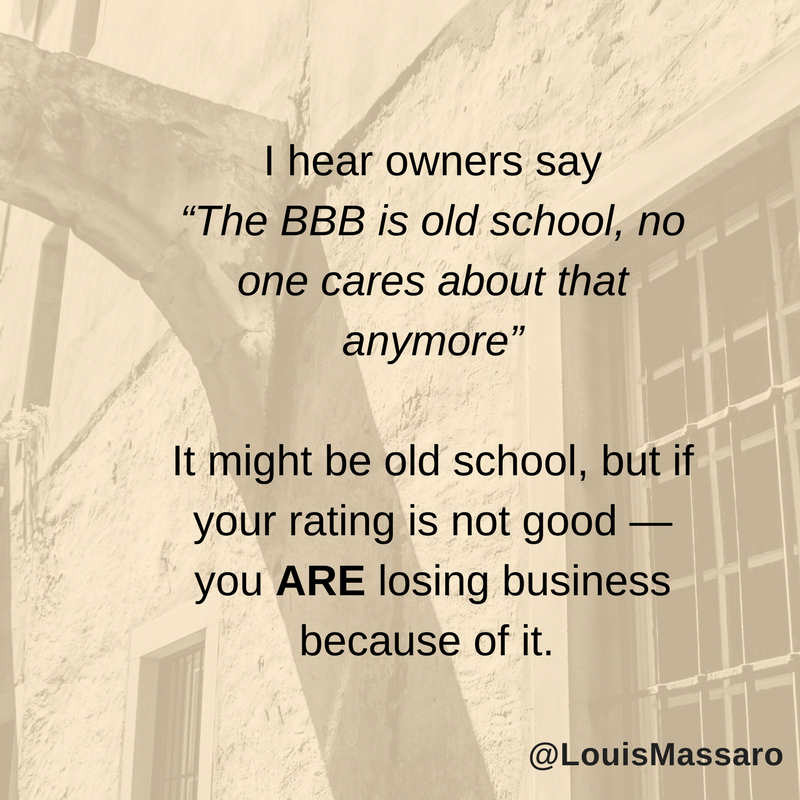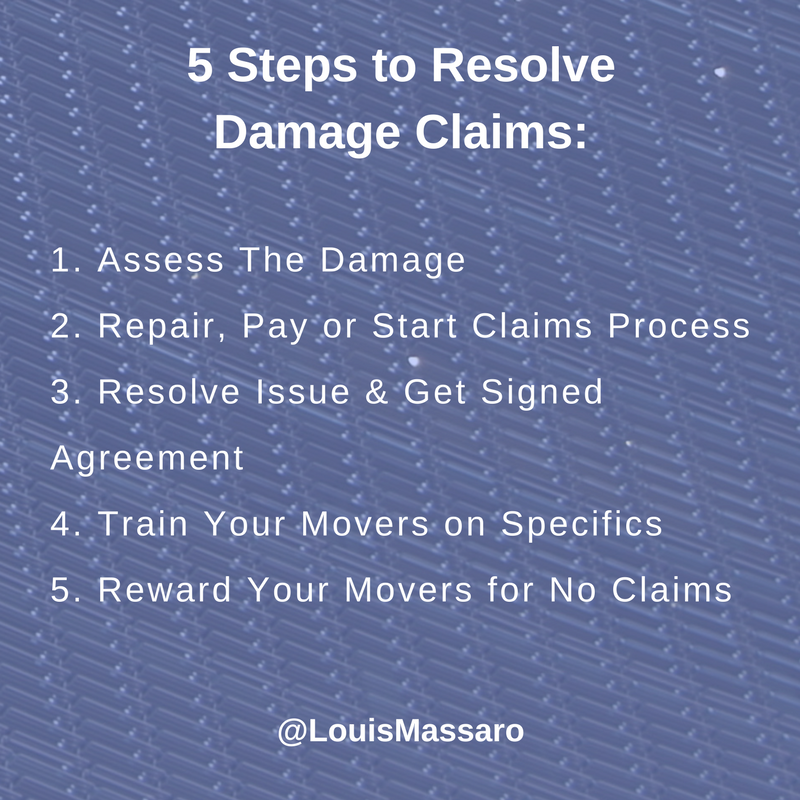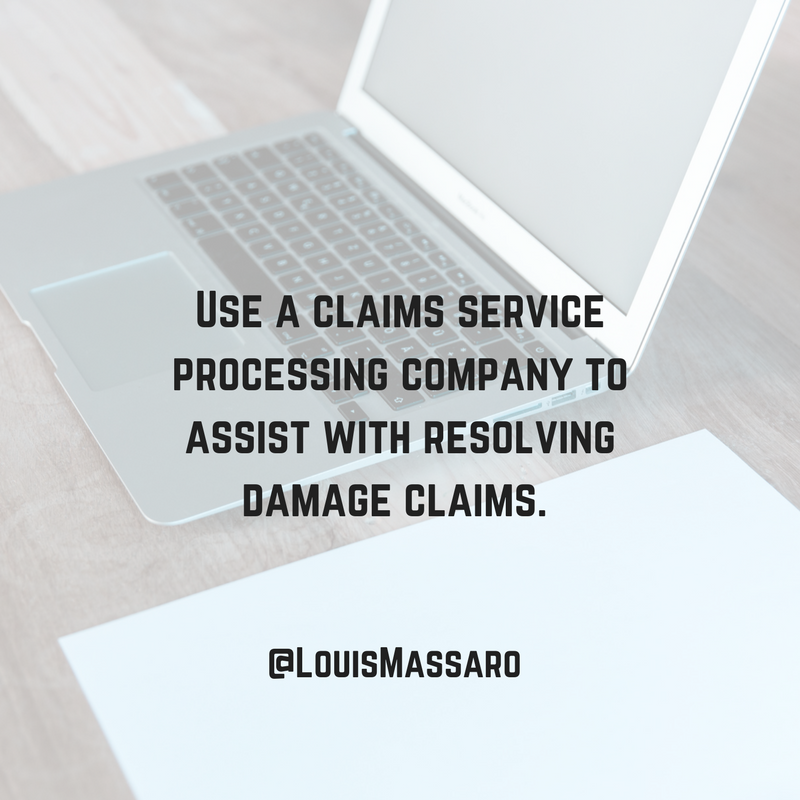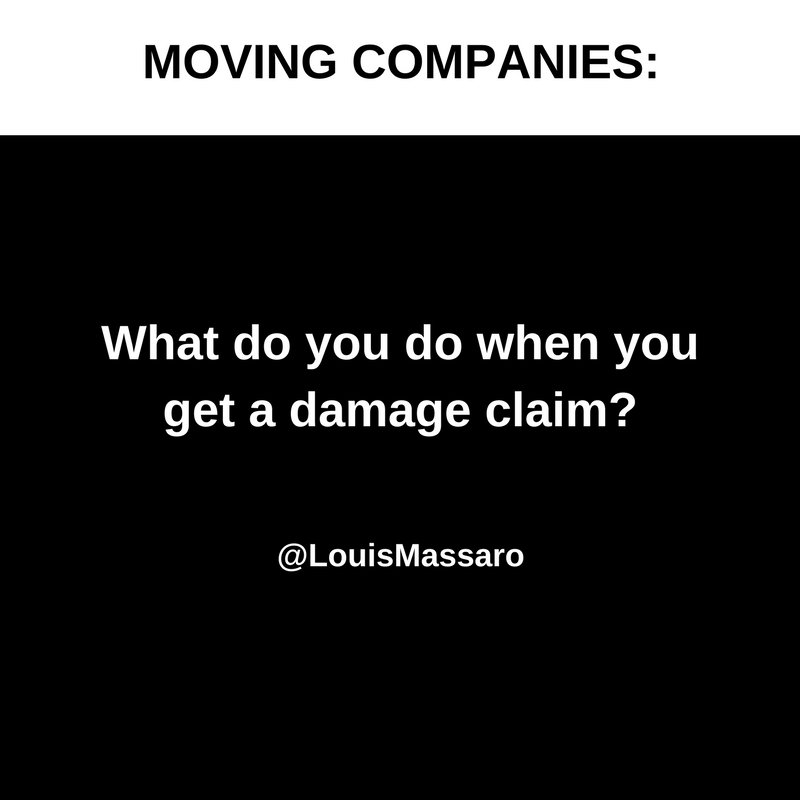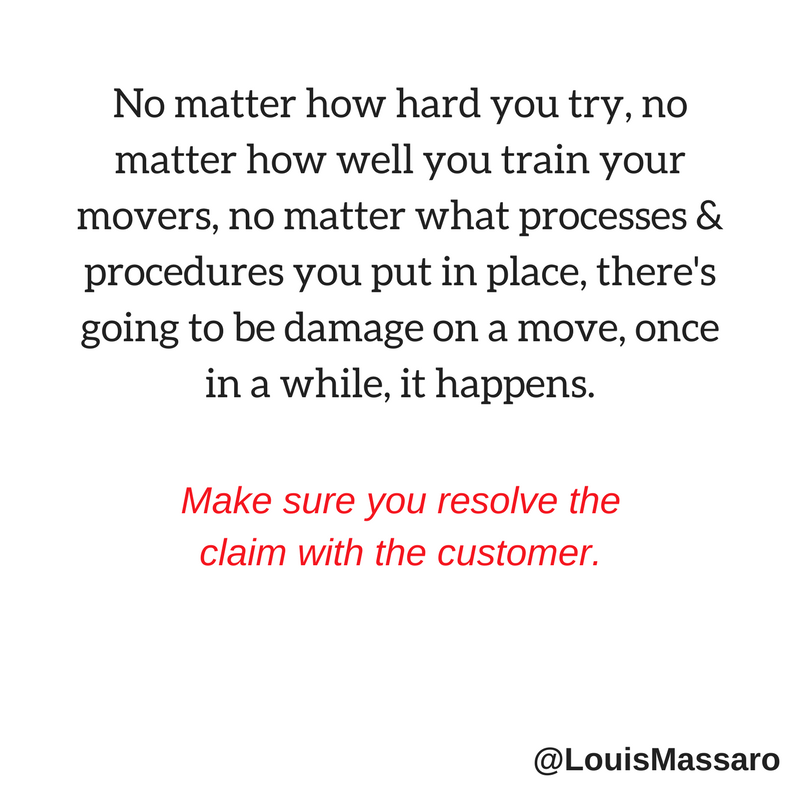► Get New Posts Via Email ► Get This Episode On iTunes
SUMMARY
In this video, Louis Massaro explains how to set up an effective referral program in your moving company.
-
“What are you willing to pay to a referral partner?” When setting up a referral program in your moving company you need to know in advance how much you plan to pay your referral partners.
-
“How will you able to make the payouts to referral partners?” You don’t want your referral program to be a hassle in your moving company, so it needs to have a system for payouts.
-
“What system are you going to use to track everything?” Your referral partners won’t continue to send you moves if they feel like they might not get paid for it.
-
“Who is going to be in charge of your referral program?” Whether it’s you or another employee, you have to pick one person who’s responsible and accountable for the referral program in your moving company.
-
“Where will you go to recruit your referral partners?” Anybody can send you moves. Find people who are in front of other people who might be moving and invite them to become referral partners.
- Watch the video to get full training.
HOT NEWS & DEALS!
- Join the Moving CEO Challenge: Official Louis Massaro Community Facebook Group! A place for moving company owners to connect, share ideas, and inspire one another. Click here to join!
- Latest Instagram!
Check out @LouisMassaro for new announcements, valuable tips, and enlightening videos to take your moving company to the NEXT LEVEL!
RELATED POSTS
BEST SALES AND MARKETING ADVICE FOR MOVING COMPANIES
MISCONCEPTIONS ABOUT SALES BY MOVING COMPANIES
BUILD A MOVING COMPANY SALES SCRIPT
WHY YOUR SALES TEAM IS NOT FOLLOWING UP


FULL TRANSCRIPT
Hey, my friend, it’s Louis Massaro, CEO of Moving Mastery, where we help moving company owners set up proven systems and processes to increase profits, reduce stress, and live a better quality of life. I have clients come to me a lot and they say, “Louis, I want to set up a referral program in my business. I want to be able to have realtors and mortgage brokers and apartment complexes, home builders, storage units”, the list goes on of people that refer moves to their moving company. You and I both know the best type of move you can get is a referral from somebody else. Typically they’re not shopping around as much. They’re willing to pay higher prices.
When I speak to my clients, they’re typically pretty frustrated with one of two things. Either they don’t know where to start with setting up the referral program, or most cases, they started to get referral partners, like realtors and such, and the whole thing kind of fell apart after a little while. They didn’t nurture a relationship and it gets really frustrating. You and I both know you could spend a lot of money on marketing and if you don’t balance that out with repeat and referral customers, your marketing costs could get really high. It’s one of those overwhelming, frustrating things to know that there’s these people out there that can refer moves to you and you want to get them doing that on a regular basis, but how do you go about doing it? How do you get them to, number one, take your call, number two, be willing to refer moves to you, and then number three, continuously do it on a regular basis?
It reminds me of when I first started my business. I was 19 years old. I started out of a truck rental yard. That was what I did. I had the phones forwarded to my cellphone. I worked out of the truck rental yard. After I dispatched the crews, I would go apartment complex to apartment complex to apartment complex and what I call pounding the pavement, and round up business. It was great for a while. I would have them referring me moves and I didn’t really have a formalized referral program or structured referral program, but I would give this one some money, give this one some doughnuts, give this one some flowers, whatever the case may be to keep them happy. The moves kept coming in from them, but as soon as things started to pick up and I didn’t really have the time anymore to start going out and nurturing those relationships, the whole thing fell apart.
What I tell clients is this. If you want to have customers referring you… I’m sorry, referral partners referring you customers, again, realtors, mortgage brokers, home builders, storage units, assisted living, the list goes on of who could actually be referring you business, in order to do that and have it succeed on a regular basis you have to develop a structured referral program. That’s where most people fail is they don’t have the referral program structured and in place first, and that’s really what causes the issues.
Here’s the deal. If you want to go about doing that, if you want to set up a structured referral program, I’m going to give you some steps to do that. First thing you need to do is establish, what are you willing to pay? You want to make sure that you know that in advance of what you’re willing to pay. What we did, I had a program called Moving Points Referral Program where we signed people up and we knew the structure of the program, but the first thing I established was, what am I willing to pay? For us, we paid $20 a move, plus we gave them points on the back end that they could redeem later on for prizes and things like that. It was complex but you don’t have to get that complex with it. You can keep it really simple. You want to give them $20 a move, you want to give them 5% a move, 10% a move. Whatever it might be, first thing you need to do is establish what you’re willing to pay.
Second thing you want to do is figure out how you’re going to make the payouts. Remember, you want this to be a system. You don’t want this to be a hassle. You don’t want this to be something that you have to put in effort to keep up with. You want to basically cultivate your referral program, make sure it’s structured so that it just runs, so how you make the payouts is very important. Do you want to show up at their office personally and bring them either a gift, cash, a check, a gift card, whatever it might be? Do you want to send it out to them in the mail?
Early on for me, what I did was I went there and brought them something. As my business got established, we changed that and we would start sending them gift cards from… there’s different services out there you could get and a great one is giftcards.com. This way you don’t have to actually go to CVS or Walgreens and get the gift card, which is what we started doing at first. Remember, the idea is to keep it simple and as minimal steps as possible to keep it going. Just order some gift cards online or mail out a check or whatever the case may be.
The third thing you want to do is you want to figure out how you’re going to track everything. This is very, very important. When a customer calls in and they say, “Hey, I heard about you from my realtor”, and you get that realtor’s name you have to be able to track that so that you make the payouts. Remember, your referral partners aren’t going to keep sending you moves if you’re not showing them that they’re going to be getting paid. How do you do that? Easiest way to do it, how we did it for years was we tracked it in a spreadsheet. We just assigned every referral partner a number, we had that same number match in our CRM, and then we transferred it to the spreadsheet.
Nowadays what I recommend is that you do it within your moving CRM. I’m actually Co-founder of SmartMoving Software, which is a CRM for moving companies to help them run their entire business, and there’s an entire program within that that helps you track all of your referral partners so that you could easily make the payouts. Whatever you do, whether you do it on a spreadsheet, in your CRM, in SmartMoving, either way, you’ve got to figure out how you’re going to track everything.
Fourth thing you want to do, put somebody in charge of your referral program. Whether that’s you, whether it’s an employee, whoever it might be you have to pick one person who is responsible and accountable for this program to keep it going or it will fall apart. Those of you who’ve tried it before who maybe have had some people refer you moves and then it kind of died out, you know. You know the frustrations of getting it started, putting in that effort, going and pounding the pavement, starting to reach out to people on social media. and then you see the whole thing collapse and they’re no longer sending you moves. Put somebody in charge of it. Name an ambassador of your referral program who will make sure that everything is getting entered, make sure that everybody is getting paid out. Make sure that you are nurturing all of your referral partners.
Not only do you need to make sure you’re paying them out, but you need to keep them in the loop. You need to make sure you’ve got emails going out to your referral partners so you stay front of mind with them. Just because someone signs up for your referral program doesn’t mean that they remember it all the time, so you want to stay in front of them. This person you put in charge, this ambassador, they’re going to make sure that your Facebook Ads that you’re running to your referral partners are on point, that your emails that are going out to them automatically are on point, that the people that are sending you a lot of moves, that you’re showing them extra love. They might say to you, “Hey, I need you to call. I need the owner. I need you to call this person and thank them for all the moves.”
You need someone that’s in charge of that because as a business owner you’ve got so much to deal with, and that’s what typically happens with these programs. They fall apart because the owner wants to hold onto the whole thing. Or, they hand it off to somebody without the structure and expect for it to just run. Once you have that all setup, once you have your program structured, remember, it has to be structured or it will fall apart. I know I’ve talked to a lot of people who have tried it. It wasn’t structured, it fell apart, so I’m sure you could feel the pain. Next thing you want to do is go and recruit your referral partners. Who can send you moves? The answer to that is anybody. Anybody could send you moves.
When I say that, the people that are in front of people that are moving on a regular basis are realtors, mortgage brokers, apartment complexes, home builders, storage complexes, assisted living, that type of thing. However, once you have a structured referral program where it’s easy for somebody to join and easy for them to get paid, you could have anybody in the program. You could have your barber in the program. I had a waitress at a restaurant that we went to on a regular basis who was constantly sending us moves. I don’t know if she went up to the table and was like, “Today’s specials are Chicken Parmesan and, by the way, are you moving?” I don’t know how she did it, however, she knew when she sent us moves she got paid out and so the moves came in.
Now, once you have this referral program built, and remember, do not do this in the reverse order. Do not go out and get referral partners and then try to figure out how you’re going to pay them, who’s going to keep track of it, what system you’re going to use, who’s going to be in charge. You go get the referral partners last, but once you have it built, now, very easily in a lot of your marketing, you could say, “Join our referral program”, when you hand a business card to somebody anywhere and everywhere you go throughout your regular day. When you go for lunch, give a business card to the waitress, anyone. On there it says, “Join our referral program. Earn extra cash.”
You just want to make sure that you establish the actual program. That’s it, that’s all you got to do. It’s really that simple, it’s just that most people do it in the reverse order. Establish what you’re willing to pay. How are you going to make the payouts? What system are you going to use to track everything? Who is going to be in charge? Then, go and recruit your referral partners.
I hope that was helpful, my friend. If so, do me a favor. Use the share button and share this with a friend who might find what we talked about today valuable, and if you could hit the like button, too, I’d really appreciate it. Until I see you next time, go out there every single day, profit in your business, thrive in your life. I’ll see you later.













